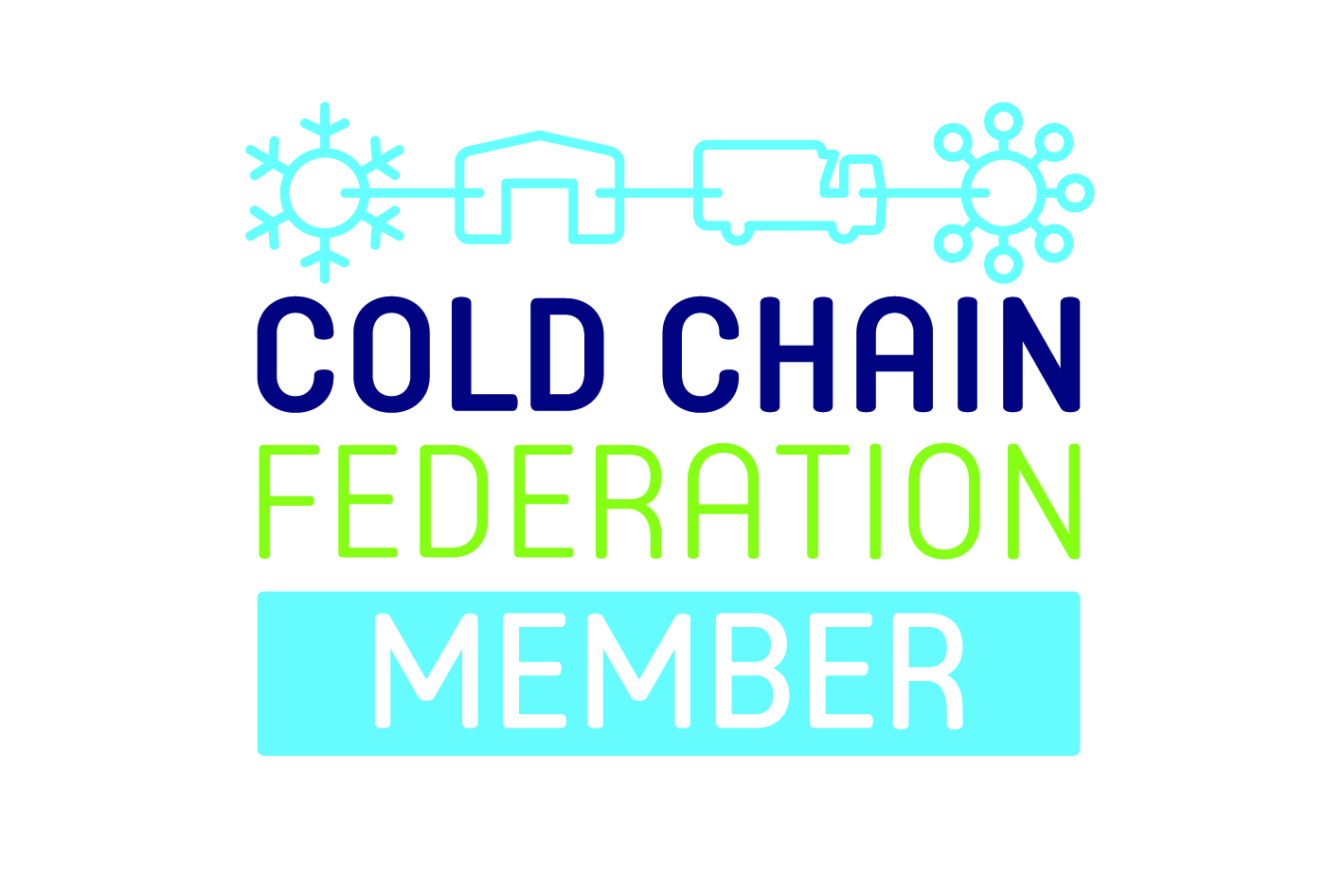The importance of temperature controlled packaging

Temperature controlled packaging is often required when items to be shipped, either within the country or overseas, need to be maintained at a particular temperature. Some need not exceed ambient temperature, whilst others need to be chilled or remain frozen. This is particularly important for frozen foods, which require consistent low temperatures throughout transit.
Many industries routinely consign perishable goods and equipment to cold chain solutions dispatch companies, and these are not limited to food production. The temperature of many medical supplies and equipment must be strictly monitored whilst in transit, often using dry ice or ice packs to maintain the required conditions. Even the automotive industry requires that stringent environmental control is maintained over some components during the time between dispatch and receipt.
How to maintain temperature whilst in transit
For items that must be maintained at a specific temperature or within a particular temperature band whilst in transit, temperature controlled packaging solutions can be employed as well as or instead of opting for a refrigerated vehicle. This is particularly relevant if your consignment will be transiting as part of a shared, multi-drop load where frequent door openings to remove other parcels ahead of yours could cause temperature fluctuations within the vehicle.
Temperature controlled packaging ensures that the contents maintain their required temperature at all times and are not affected by external circumstances. The most basic temperature controlled packaging is a cardboard box that is lined with chilled or insulated packaging or the products are surrounded with gel or ice-filled packs which provide thermal protection to maintain their temperature within acceptable parameters.
Where greater precision is required, specialist cold chain logistics include cool box-type packaging, which is more robust whilst remaining suitable for manual handling. These more advanced forms of chilled packaging often include integrated data loggers, which feature in-transit temperature logging to guarantee that the temperature sensitive items inside have been maintained precisely throughout their journey.
For large, heavier or bulkier items that require palletised delivery, specialist cold chain solutions suppliers can provide businesses with temperature controlled containers that are designed to be handled by forklift and that cover the same footprint as a half, single or double size Euro pallet, depending on the selected configuration. These specialist containers can maintain the internal temperature for 120 hours and also feature integrated data loggers and in-transit temperature logging. This makes them the ideal solution for businesses that need a guarantee that their items will remain at specific temperatures whilst in transit.
Summary
Whether you are shipping a vial of medicine, or a freezer full of fresh produce, in order to guarantee that it reaches its destination in the same perfect condition that it was in when it departed your premises, temperature controlled packaging offers a number of benefits. It can reduce your shipping costs as it will not be necessary to select a refrigerated vehicle. It is typically reusable, which delivers value for money, and the in-transit temperature logging that is available with high quality cold chain solutions offers peace of mind that the consignment will not have been affected by environmental conditions or other external factors whilst in transit.
Contact us today to learn more!









